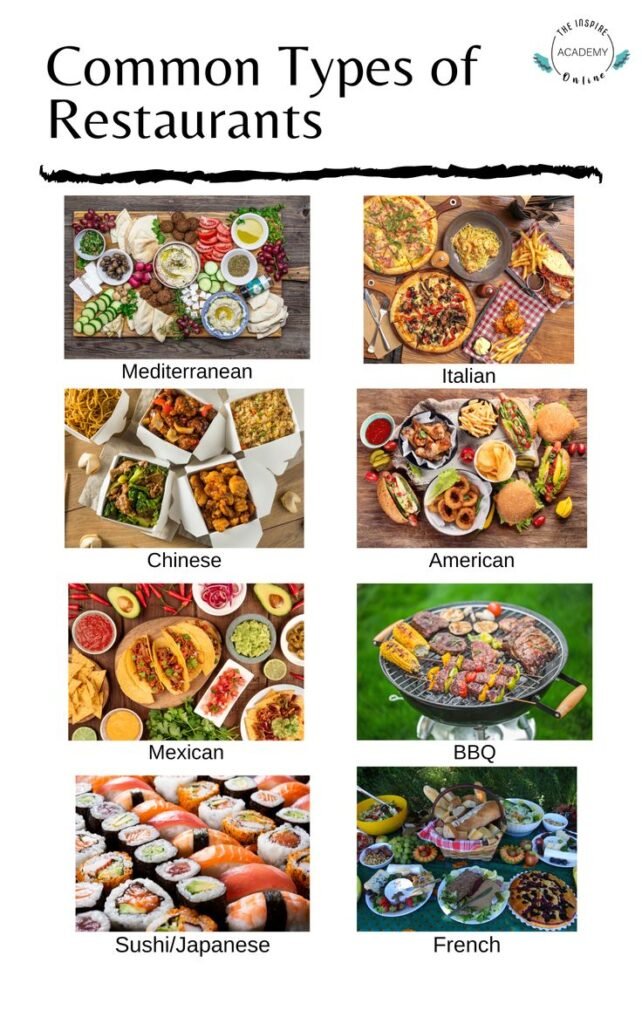
Introduction to Fast Food
Fast food has transformed the culinary landscape significantly over the past few decades. As a prominent dining option worldwide, it offers convenience and affordability, which has made it a staple for many. The fast-paced lifestyle of modern society has further propelled the popularity of fast food establishments.
The Influence of Cultural Trends
Cultural influences play a crucial role in the development of fast food menus. Traditional dishes from various regions often find their way into fast food offerings, creating a unique fusion that appeals to diverse tastes. This adaptation makes fast food not only globally recognized but also a local favorite in many parts of the world.
The Future of Fast Food
Looking ahead, the fast food industry is poised to evolve further. With increasing awareness about health and nutrition, many fast food chains are introducing healthier options. This trend reflects a growing demand for meals that cater to dietary needs while still retaining the essence of fast food—speed, convenience, and satisfaction.

The Essence of Cafés
Cafés have become a vital part of our daily lives, where one can enjoy a blend of comfort and culture. They serve as social hubs that bring individuals together to share ideas, experiences, and, most importantly, a love for coffee. Whether you’re seeking a quiet spot for reading or a vibrant environment for socializing, cafés fulfill a diverse range of needs.
A Culinary Canvas
Beyond just serving coffee, many cafés have transformed into culinary canvases. They offer an array of artisanal foods, delicious pastries, and unique beverages that cater to a variety of tastes. The emphasis on sourcing high-quality ingredients and supporting local producers showcases the commitment to excellence inherent in today’s café culture.
Creating Community Connections
Cafés often foster a sense of community, acting as a gathering place for friends, families, and colleagues alike. These social establishments also support local artists, musicians, and writers, providing a platform for creativity to flourish. From open mic nights to art displays, cafés contribute to an enhanced cultural landscape, enriching the community as a whole.
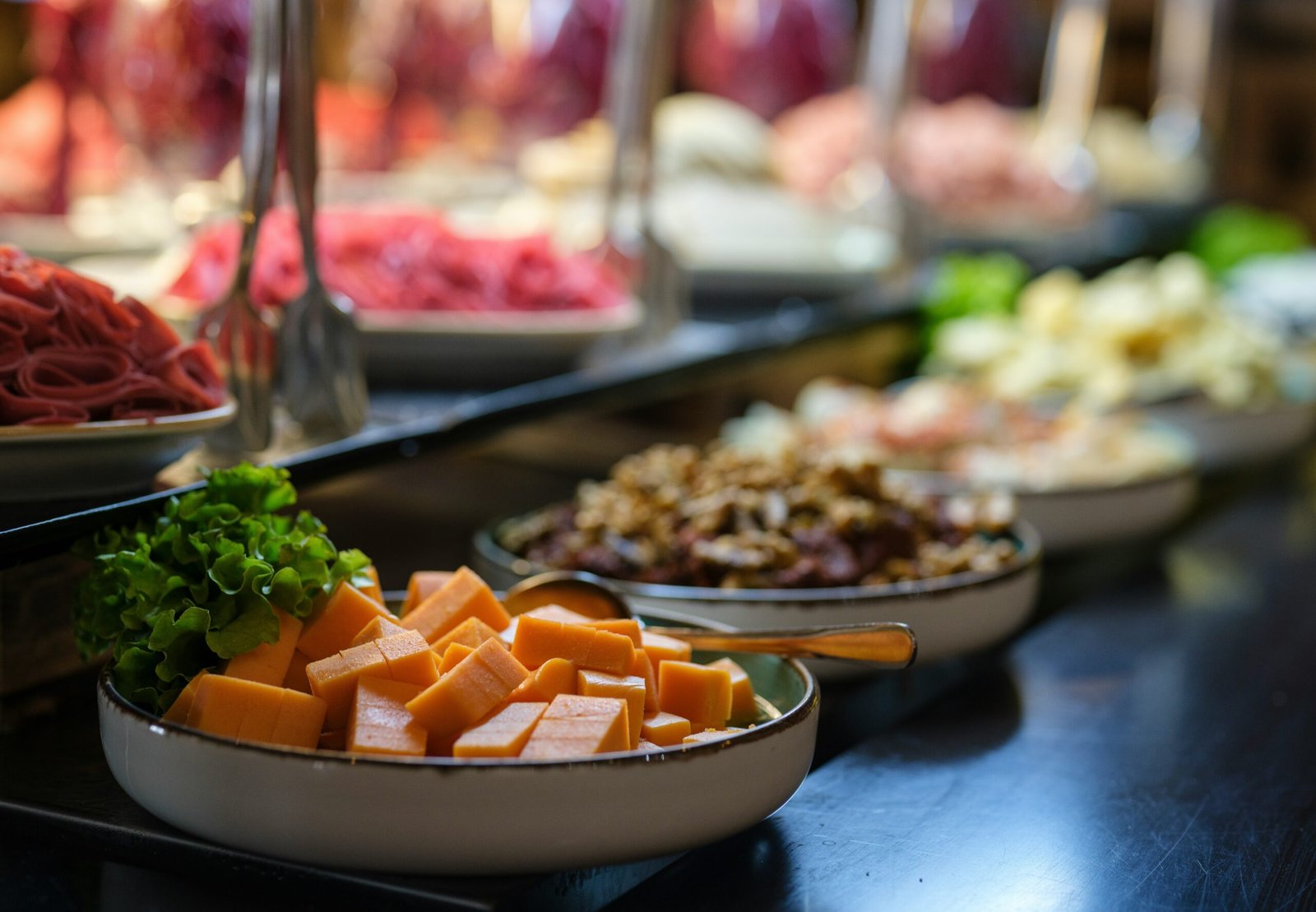
Introduction to Buffets
Buffets have long captivated food enthusiasts around the globe. They offer a unique dining experience, allowing individuals to sample a variety of dishes in one sitting. The charm of a well-arranged buffet lies not only in its extensive selection but also in the freedom it grants diners to explore diverse culinary traditions.
The Variety of Choices
One of the hallmarks of a buffet is its incredible variety. Diners can enjoy an array of flavors, from traditional local dishes to exotic international fare. Whether you have a penchant for savory appetizers, delectable main courses, or indulgent desserts, a buffet tends to satisfy all cravings. This vast assortment encourages guests to experiment with new flavors and cuisines, making every visit unique.
Social Aspects of Buffet Dining
Buffets also foster a delightful social experience. They are often a center of gathering, perfect for friends and family to share moments over food. The relaxed nature of buffet dining allows diners to linger, socialize, and indulge at their own pace. Furthermore, it presents an opportunity to engage with different tastes while bonding over a shared culinary adventure.
In conclusion, buffets stand out not just for the multitude of food options they offer but also for the communal, enjoyable atmosphere they create. Whether partaking in a lavish brunch or a dinner feast, the buffet experience continues to be a cherished tradition for many.
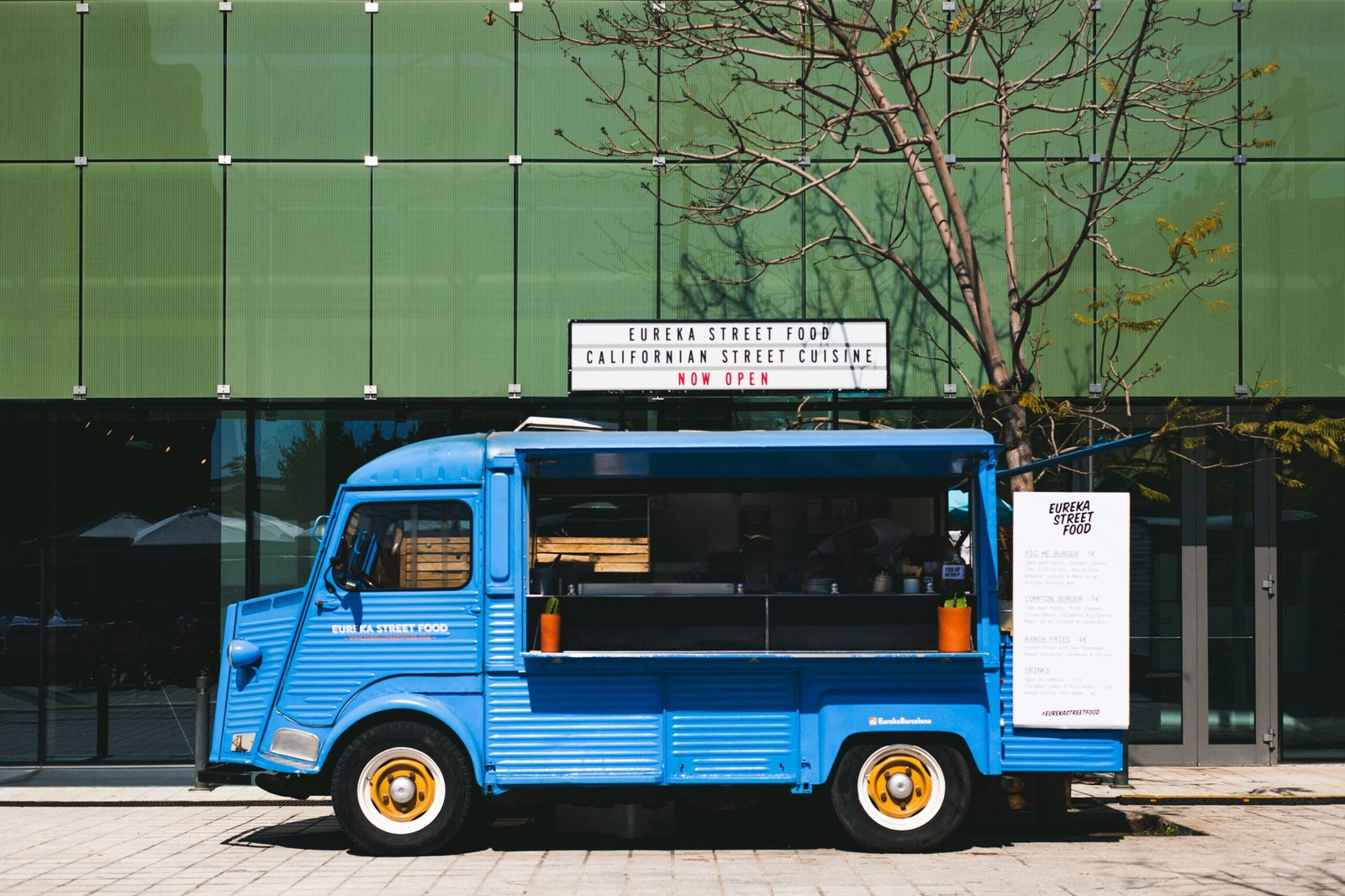
The Rise of Truck Foods
In recent years, the food truck industry has experienced substantial growth, bringing with it an exciting array of culinary options. Truck foods are no longer limited to simple fare; rather, they encompass gourmet meals, fusion cuisine, and local delicacies, thereby transforming street food into an elevated dining experience.
A Diverse Culinary Landscape
From classic burgers and ethnic tacos to delectable desserts, truck foods offer something for everyone. The mobility of food trucks allows chefs to showcase their creativity and cater to diverse tastes, making them a vibrant part of urban landscapes. Furthermore, with the increasing demand for unique dining experiences, food trucks are often found at festivals, markets, and corporate events, attracting food enthusiasts eager to indulge.
Health-Conscious Options
Many food trucks are now prioritizing health and sustainability, providing fresh and organic ingredients in their offerings. This shift towards healthier truck foods is encouraging consumers to make better dietary choices without sacrificing taste. Customers can now enjoy dishes like quinoa bowls, vegan tacos, and gluten-free desserts while still embracing the excitement of eating on the go.
As the truck food movement continues to expand, it reflects a broader shift in the culinary landscape. This evolution not only boosts local economies but also fosters community connections through shared dining experiences. Overall, truck foods offer a unique opportunity to savor diverse flavors and innovative dishes, making them an essential part of modern culinary culture.
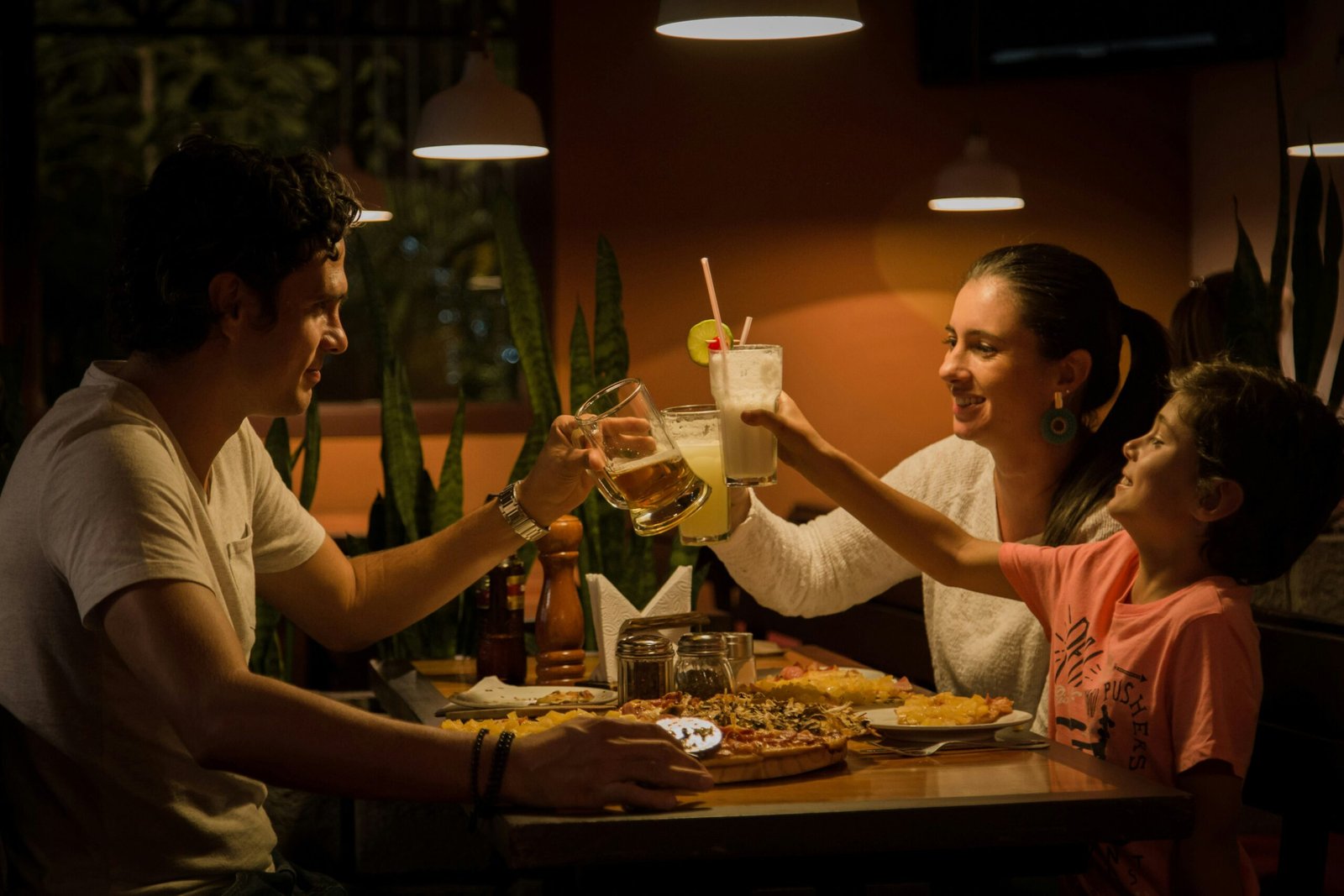
Understanding the Family Restaurant Concept
Family restaurants are establishments designed to cater to families seeking a comfortable dining experience. They focus on providing a diverse menu that appeals to various age groups, ensuring that both kids and adults can find something enjoyable. A successful family restaurant balances a welcoming atmosphere with quality food, making it a popular choice for casual dining.
Essential Components of a Family-Friendly Atmosphere
The essence of a family restaurant lies not just in the menu but also in the ambiance. Families look for a relaxed environment where children can feel at ease. Features such as spacious seating arrangements, children’s play areas, and friendly staff contribute to a wholesome dining experience. Moreover, offering a kids’ menu with healthy and appealing options is vital for attracting families.
Enhancing the Dining Experience with Community Engagement
A notable aspect of the family restaurant is its connection to the community. Organizing events like family nights, cooking classes, or local food fairs can enhance the overall dining experience. These gatherings foster a sense of belonging, encouraging families to return frequently. Additionally, sourcing ingredients from local farms not only supports the community but also ensures fresher menu offerings.
In conclusion, the key to creating a successful family restaurant is to focus on quality food, a welcoming atmosphere, and strong community ties. By prioritizing these aspects, restaurant owners can attract families and build lasting relationships, positioning themselves as a staple in the local dining scene.
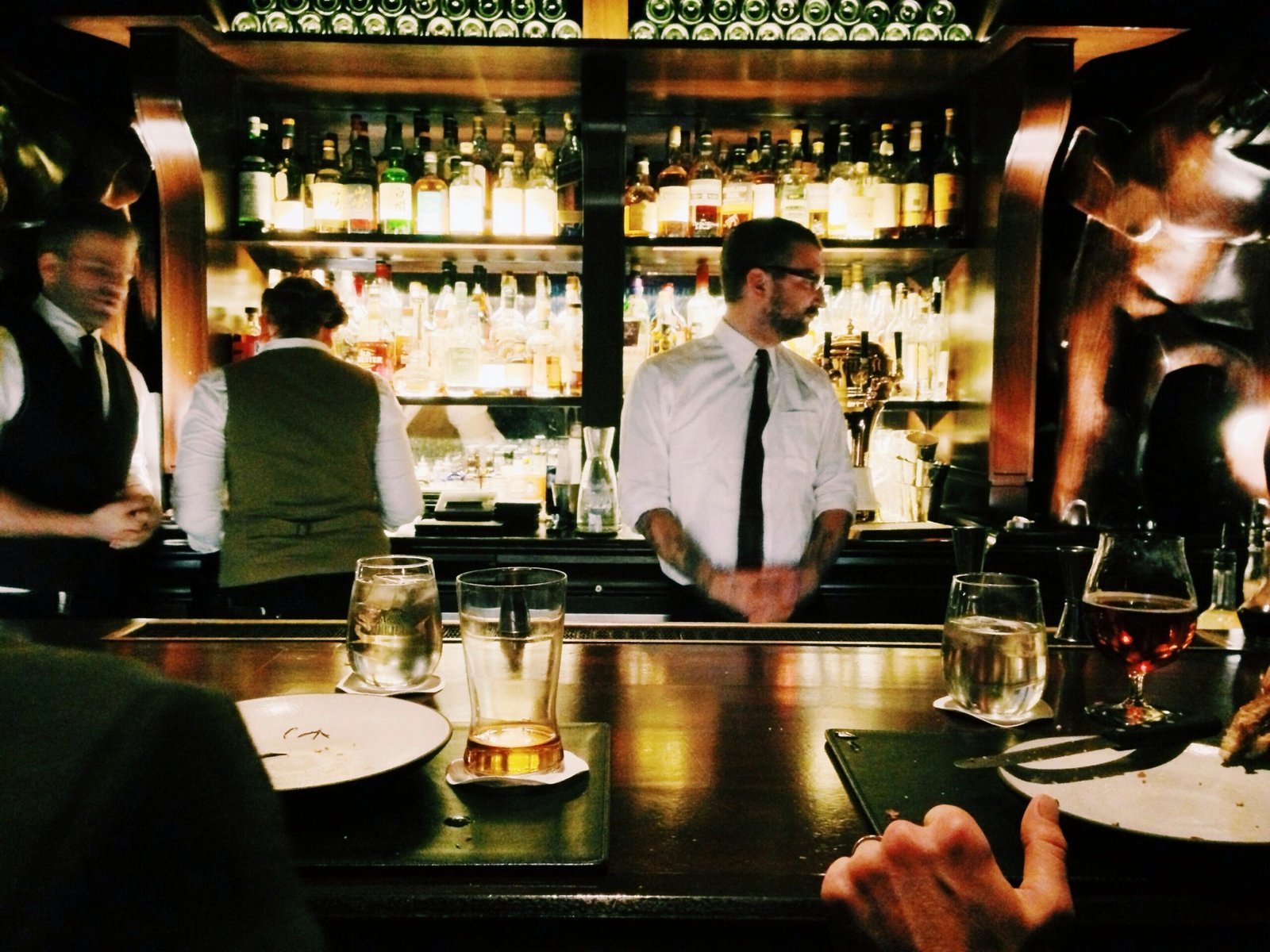
The Charm of Traditional Pubs
Pubs, with their rich history and unique atmosphere, serve as a vital part of both local and cultural identity. These establishments are not merely places to consume beverages; they represent community gathering spots where friendships are forged and stories unfold. The decor, often filled with rustic charm, creates an inviting ambiance that encourages patrons to relax and socialize.
Variety of Offerings in Pubs
A key aspect of any pub is the extensive range of drinks and meals they offer. From locally brewed beers to carefully curated wine lists, pubs often provide a diverse selection that caters to all preferences. Additionally, many establishments feature a menu brimming with hearty fare, including traditional favorites such as pies and sausages. This culinary variety not only enhances the pub experience but also invites guests to savor regional specialties.
Pubs as Community Hubs
Beyond the food and drink, pubs play an essential role in fostering community spirit. They often host events, such as trivia nights, live music, and sports screenings, bringing people together in celebration. These activities create a sense of belonging, making pubs an integral part of social life. Furthermore, through supporting local breweries and artisans, pubs contribute positively to the local economy and culture.

The Allure of Coffeehouses
The aroma of freshly brewed coffee is irresistible, drawing individuals into the inviting embrace of a coffeehouse. These establishments have become more than mere spots to indulge in caffeine; they are vibrant social hubs that foster community engagement and creativity. With a diverse array of beverages, from espresso to artisanal pour-overs, coffeehouses cater to every palate. Each cup resonates with the spirit of craftsmanship and passion.
A Space for Connection and Creativity
Beyond the delightful menu options, coffeehouses serve as gathering places where friendships are forged and ideas flourish. The ambiance, often characterized by cozy seating and soft background music, encourages patrons to relax, converse, or work. Whether it’s a casual meet-up with friends or a solitary moment of reflection, the atmosphere in a coffeehouse is conducive to both social interaction and individual inspiration.
The Role of Coffeehouses in Modern Culture
As cultural phenomena, coffeehouses play a crucial role in contemporary society. They reflect modern lifestyles by providing a space that promotes leisurely enjoyment paired with productivity. In an age where remote work and freelancers are on the rise, these establishments cater to the evolving needs of customers seeking a retreat from conventional office environments. Additionally, many coffeehouses support local artists and entrepreneurs, making them vital contributors to their communities.

Understanding the Historical Significance of Bars
Beneath the lively façade of modern bars lies a rich tapestry of history and culture. The concept of bars dates back to ancient civilizations, where communal spaces served as hubs of social interaction. The Romans, for instance, established taverns that offered both food and drink, setting the stage for the bar as we know it today.
The Transformation of Bars in Contemporary Society
In today’s world, bars have transcended their original purpose. They have become more than just establishments for consuming alcohol; they embody social dynamics, creativity, and community connection. From cozy neighborhood joints to upscale cocktail lounges, bars now reflect diverse themes and aesthetics, catering to varied tastes and preferences. The rise of craft cocktails has further revolutionized bar culture, emphasizing mixology as an art form.
The Future of Bars: Trends to Watch
As we look ahead, the future of bars promises to be equally exciting. Innovations such as online mixology classes and virtual bar experiences are gaining momentum, reflecting the changing landscape brought by technology and consumer behavior. Moreover, the growing focus on sustainability and health-conscious options is shaping the menus of bars, appealing to a newer generation of patrons. The evolution of bars continues to reveal their significance, serving not just as places for drinking but as vital community spaces.

